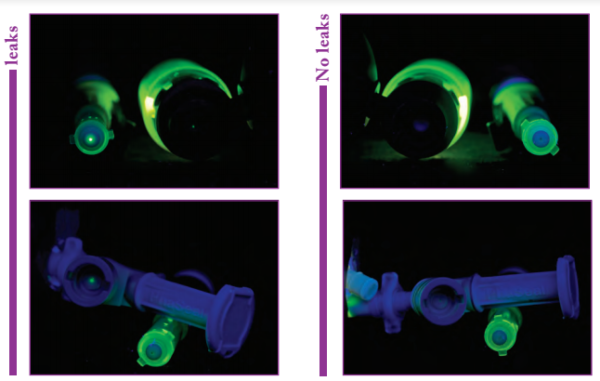Pharmacy Practice News: “The National Institute for Occupational Safety and Health (NIOSH) held a meeting today in Cincinnati to discuss a universal closed-system drug-transfer device (CSTD) testing protocol, which is being developed… The new protocol will test both physical barrier systems, which block the intake of environmental contaminants or the unintended release of hazardous drugs into the environment; and air-cleaning systems, which clean or filter vapors to prevent the unintended release of drug or the intake of environmental contaminants… NIOSH released a draft test protocol last year to evaluate the efficacy of physical barrier–type CSTDs to see whether they prevented hazardous drugs from escaping the closed system. After hearing from the public and meeting with various stakeholders, NIOSH was asked to develop a new performance test protocol for air-cleaning CSTDs. Instead of developing a completely new protocol, NIOSH decided to develop a universal one that addressed both types of systems.”

NIOSH and the CDC game out with guns blazing back when USP <800> was drafted. Here’s the section on CSTDs from USP <800>:
5.4 Containment Supplemental Engineering Controls
Containment supplemental engineering controls, such as CSTDs, provide adjunct controls to offer an additional level of protection during compounding or administration. Some CSTDs have been shown to limit the potential of generating aerosols during compounding. However, there is no certainty that all CSTDs will perform adequately. Until a published universal performance standard for evaluation of CSTD containment is available, users should carefully evaluate the performance claims associated with available CSTDs based on independent, peer-reviewed studies and demonstrated containment reduction.
AÂ CSTDÂ must not be used as a substitute for a C-PEC when compounding. CSTDs should be used when compounding HDs when the dosage form allows. CSTDs must be used when administering antineoplastic HDs when the dosage form allows. CSTDs known to be physically or chemically incompatible with a specific HD must not be used for that HD.
Around the same time, the CDC and NIOSH released a “Vapor Containment Performance Protocol for Closed System Transfer Devices Used During Pharmacy Compounding and Administration of Hazardous Drugsâ€. The idea is admirable, but the testing method adopted by the protocol left some CSTD manufacturers on the outside looking in, and they let the CDC know about it. Feel free to drop by the protocol comment site for clarification.
Apparently the comments made an impact because NIOSH is going back to the drawing board to try and come up with a universal protocol to meet the testing needs for all CSTD systems. However, one has to wonder if the damage is already done. For the past several months pharmacies have been making decisions on which CSTD to use based on information in the draft vapor containment protocol. Right or wrong, that’s the truth of the matter. I have to believe that some of the companies in this space have been irreparably harmed. Only time will tell.
Leave a Reply